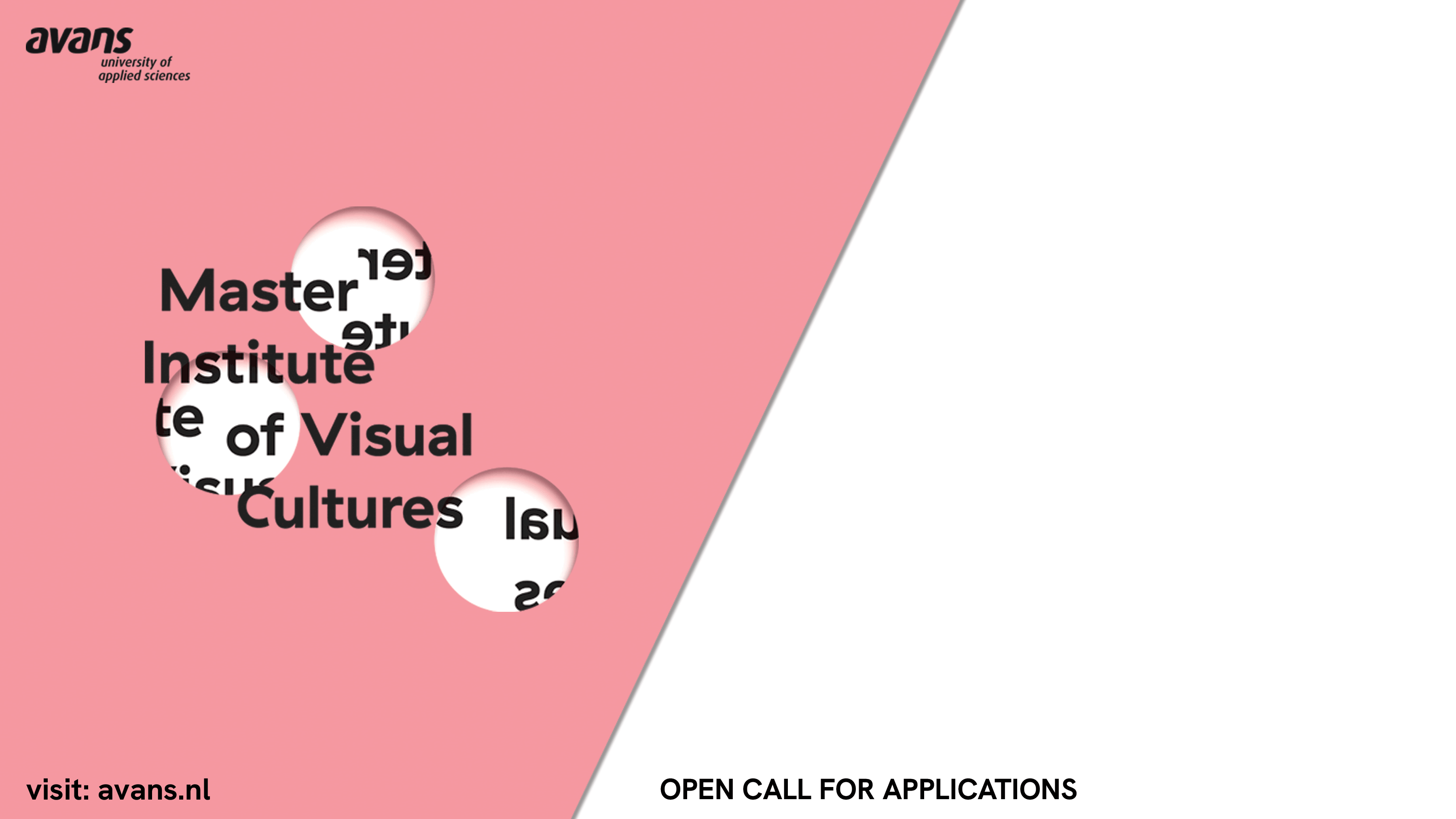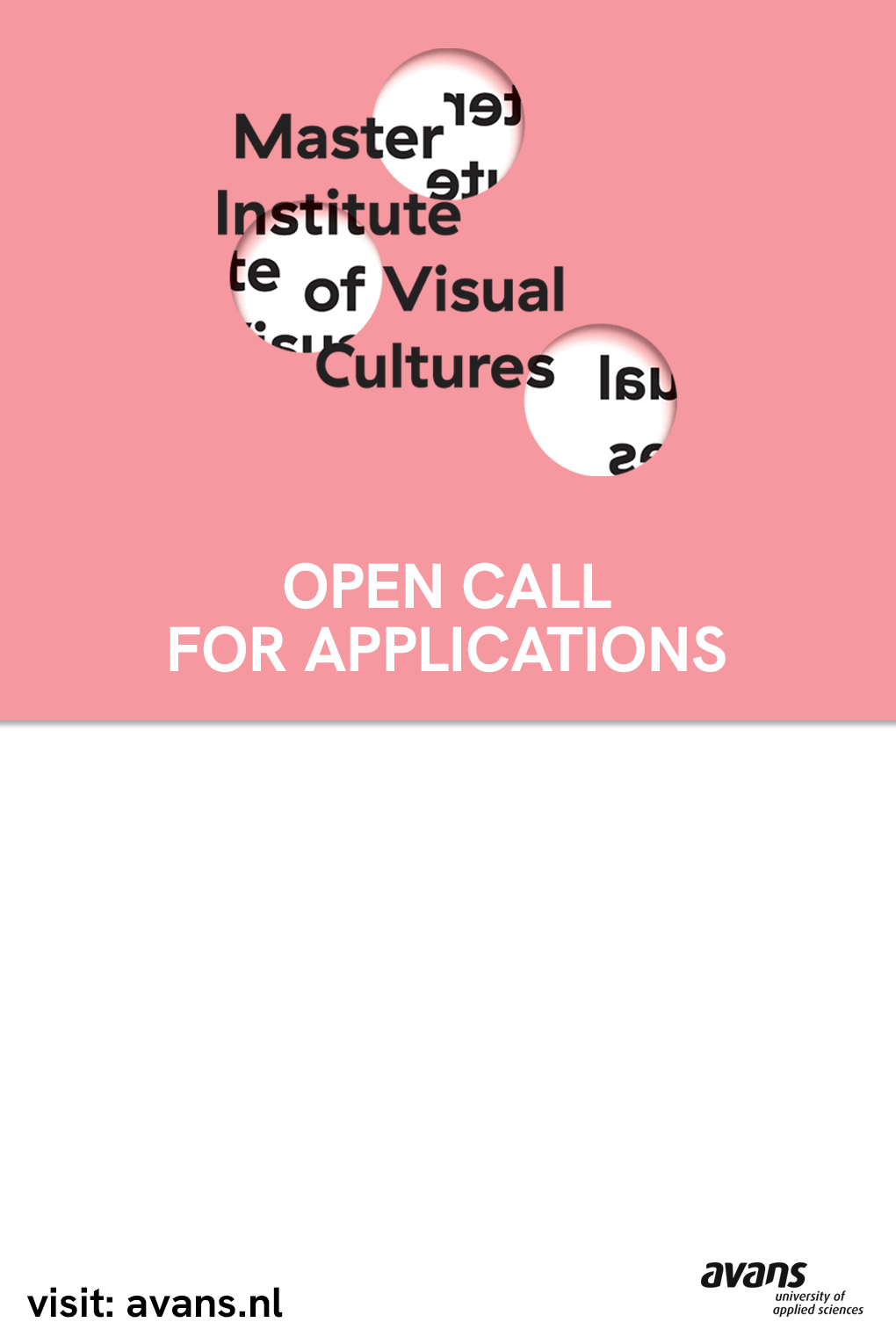The Future of Memory
An exhibition on the infinity of the present time
4 February–29 March, 2015
Kunsthalle Wien Museumsquartier
Museumsplatz 1
1070 Vienna
Austria
Hours: Friday–Wednesday 10am–7pm,
Thursday 10am–9pm
www.kunsthallewien.at
Blog / Facebook / Twitter / Instagram / #Future
The ease with which anyone can produce, manipulate and distribute images today creates an impression of their ubiquity. The manufactured image is a figure for our age. Inundated by this effect of the digital, how we understand what constitutes our personal experience changes irrevocably. Whereas “real” memory is understood as consistent with the classic model for truth: that which we have experienced personally and for the veracity of which we can vouch: we saw it with our own eyes… the virtual image realm is rapidly expanding and altering what we can remember and how we remember it. Transactive formats for recording things for the purpose of memorializing them are as old as cave paintings and the written word, but this tendency is accelerated today to such a degree that the circumstance seems novel—and due to limits of individual human capacity to process, almost untenable. At the same time, however, the images we are inundated with today do not correlate with our actual experience. The future of memory would seem to be at risk.
More adapted to than understood, more lived-through than reflected upon, when investigated by artists the complexity of today’s visual culture becomes less of a blur, or a problem to be endured, and more a refracted realm of insight, solace and imaginative possibility. Dani Gal’s As from Afar (2014) constructs a fictional account of the unlikely real life friendship of Nazi hunter, Simon Wiesenthal and the Third Reich’s chief architect, Albert Speer. In the extended online performance Excellences and Perfections (2014), Amalia Ulman crafts her self-image into the version of womanhood the Internet holds to be most ideal. Deimantas Narkevičius’s Books on Shelves and Without Letters (2013) explores the structural similarity between images and memories, which the artist shows to be equally shot-through with the subjectivity of personal projection. Daniel Keller creates a legally registered shell company Absolute Vitality Inc.; Offshore subsidiary (2014) inviting collectors to participate in an entity that is at the same time a low-risk, high-reward, legal investment and conceptual art tool. Aleksandra Domanović’s film Turbo Sculpture (2010–13) documents the Serbo-Croatian enthusiasm for elevating pop culture figures like Rocky Balboa and Tupac Shakur to the pedestals of new public monuments in the region. In Unfall am Mittelpunkt Deutschlands (2013) Julius von Bismarck stages a car accident that goes on to be logged by police as a real incident, which of course it is and isn’t depending on whether an art or non-art perspective is applied to its cognitive processing.
The Future of Memory expands on the concept of the 55th October Salon in Belgrade (September 20–November 2, 2014) curated by Vanessa Joan Müller and Nicolaus Schafhausen. Titled Disappearing Things, the exhibition investigated the role of collective and individual remembrance in the digital age.
Artists: Julius von Bismarck, Igor Bošnjak, Antoine Catala, Julian Charrière, Keren Cytter, Edith Dekyndt, Simon Denny, Aleksandra Domanović, Dani Gal, Florian Hecker, Leon Kahane, Daniel Keller, Hanne Lippard, Deimantas Narkevičius, Katja Novitskova, Yuri Pattison, Jon Rafman, Adriana Ramić, Antoine Renard, Mandla Reuter, Meggy Rustamova, Augustas Serapinas, Michael Staniak, Philipp Timischl, Amalia Ulman, Ignacio Uriarte, Dragana Žarevac
Curator: Nicolaus Schafhausen
The exhibition is accompanied by an e-book, available as a free download on the Kunsthalle Wien website and through iBooks on iTunes. The publication features essays by Clint Burnham, Michael Connor, and Nicolaus Schafhausen, alongside texts written by Marie Egger, Emilie Lauriola and Vanessa Joan Müller reflecting on the artworks exhibited in the Future of Memory.
Press
Katharina Murschetz: T +43 (0) 1 5 21 89 1221 / katharina.murschetz [at] kunsthallewien.at
Stefanie Obermeir: T +43 (0) 1 5 21 89 1224 / presse [at] kunsthallewien.at.




